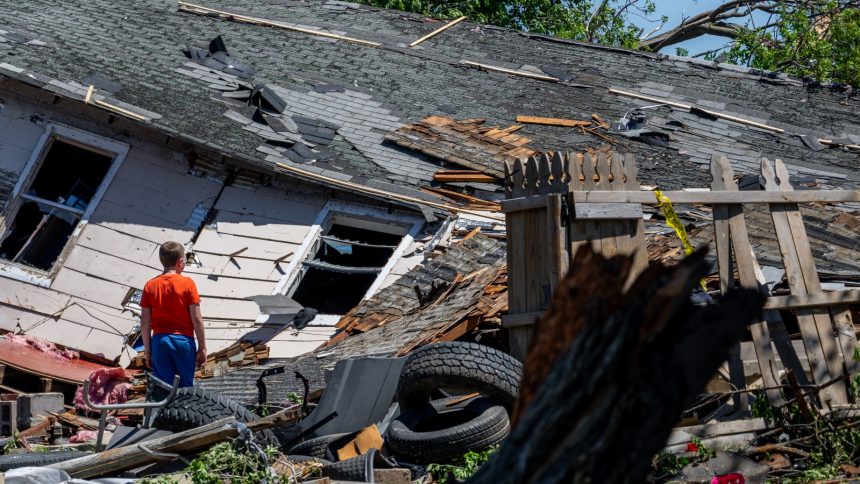The increasing cost of homeowner’s insurance has become a prominent indication of climate change in the United States. Major insurance carriers like State Farm and Allstate have ceased offering fire insurance in California due to the increasing risk, leaving many homeowners without coverage. Small insurance companies have also struggled in states like Florida and Louisiana after facing significant losses from large hurricanes.
Beyond coastal states, the Midwest and Great Plains are also experiencing a crisis due to severe-convective storms, which have caused billions of dollars in damages. These storms, characterized by powerful thunderstorms that produce hail storms and tornadoes, have led to a steady increase in insurance premiums and a reduction in coverage even in inland states like Iowa.
The insurance industry refers to these storms as “secondary perils” or “kitty cats,” highlighting their smaller scale compared to major natural disasters. Nonetheless, the cumulative impact of severe convective storms has been substantial, with insured losses exceeding $50 billion last year alone.
Insurers are struggling to predict and mitigate the risks associated with these unpredictable storms. Factors like increased urbanization in vulnerable areas, inflation, and climate change contribute to the rising costs of rebuilding homes and paying out claims. The growing frequency and intensity of severe convective storms are challenging insurers to reassess their risk management strategies.
The trend of attritional losses from repeated convective storms is affecting both small regional insurers and global reinsurance firms like Swiss Re. Insurers face tough decisions about raising rates to cover increasing losses or risk losing customers by driving up premiums.
Despite the challenges, there is room for progress in building more resilient homes and communities to withstand severe storms. Implementing stricter building codes and encouraging homeowners to invest in storm-resistant materials can help mitigate the financial burden of insurance claims. However, widespread efforts and substantial investments will be needed to effectively reduce the impact of severe convective storms on the insurance industry and homeowners alike.






